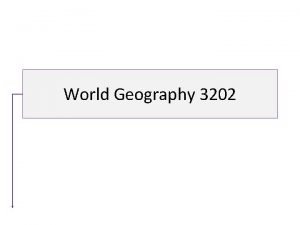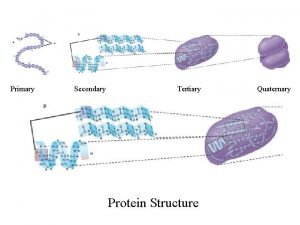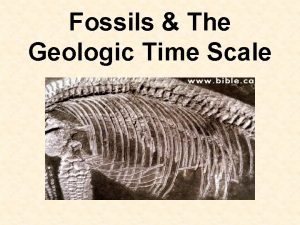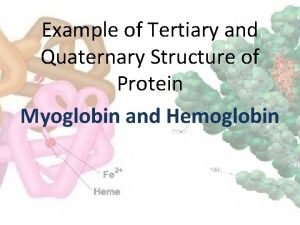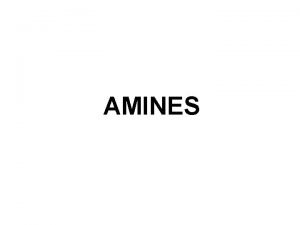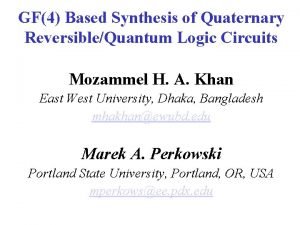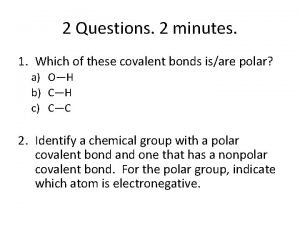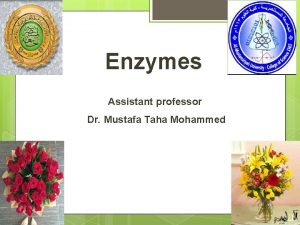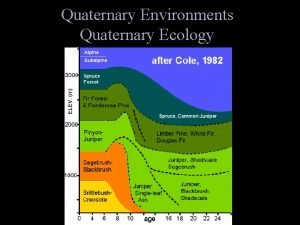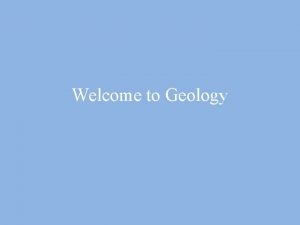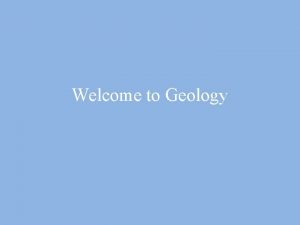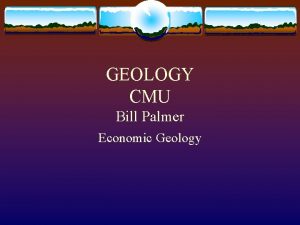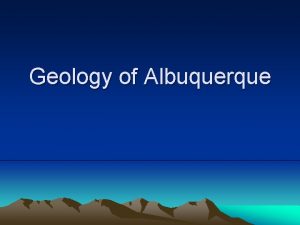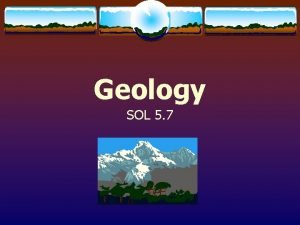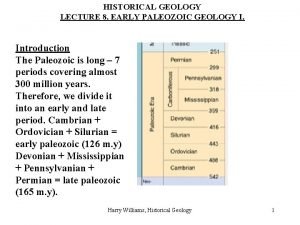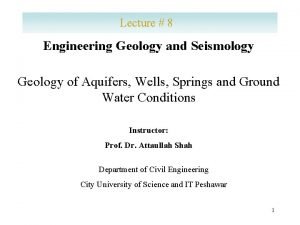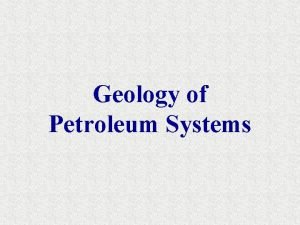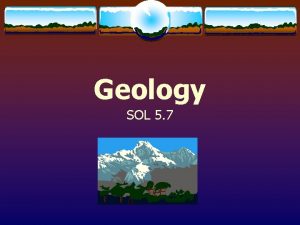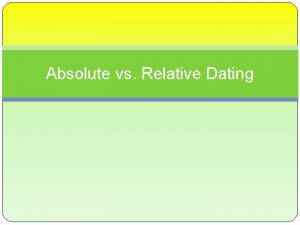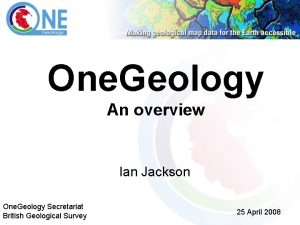Quaternary Tephrochronology Chapter 5 of Quaternary Nonglacial Geology

















- Slides: 17

Quaternary Tephrochronology Chapter 5 of Quaternary Nonglacial Geology: Conterminous U. S. (Vol. K-2) Andrei M. Sarna-Wojcicki – Branch of Western Regional Geology, USGS Jonathan O. Davis – DRI, UNR Presentation by James Mc. Neil

Introduction • Tephrochronology – the study of tephra layers using volcanic ash beds and tuffs in order to correlate and date sediments, rocks, and structures – Stratigraphic and age control – regional tectonics – Determine physical and chemical properties of tephra material and evidence of eruptive style – Determine erupted sources of tephra and frequency of eruptions – volcanic hazard – Age control in studies of human history – anthropology and archaeology

Tephra • Tephra – pyroclastic material erupted from a volcanic vent – Relates to the composition & physical and chemical characteristics of the tephra material • Morphology of glass shards and abundances of mineral species have similar properties genetically to their volcanic source area • Tephra is concentrated at the base and grades up to a mixture of tephra and increased sediment

Tephra

Tephra

Composition of Tephra Layers • Pumice – solidified rock froth made of volcanic glass plus any of the following materials • Glass shards – exploded rock froth from bubble walls and bubble-wall junctions • Crystalline minerals and crystal fragments – minerals that crystallized before the eruption • Lithic fragments – sub-millimeter to > meter blocks of exploded solid roof material • Other materials – may include clastic, bioclastic, and organic sediments, and chemical precipitates

Plinean Eruptions - SEM Images Lava Creek B ash bed - Yellowstone Pumiceous shards Mount St. Helens May 18, 1980

• • • Composition of Tephra Layers Electron microprobe analysis (EMA) – only major and a few minor elements for chemical characterization X-ray fluorescence analysis (XRF) – minor and trace elements in glass Instrumental neutron activation (INA) – 40 major, minor, and trace elements (20 useful in correlation of silicic glasses)

Methods of Correlation • • K-Ar analysis Laser-fusion Ar/Ar potassium-argon analysis Fission-track dating of zircons and glass shards of tephra layers Other direct (hydration, thermoluminescence, magnetostratigraphy) and indirect methods (radiocarbon, electron-spin resonance, amino-acid racemization, uranium series and uranium trend, ice core stratigraphy, dendrochronolgy, and written and oral history) • Dendrogram A –relation between compositions of sample pairs and sample groups of volcanic glasses based on EMA • Dendrogram B – relation between sample pairs of Yellowstone eruptions using IRA • Low RATIONAL value corresponds to similarity between material

Eruptions – Source, Age, Distribution Volcanism in the west accompanies subduction, transform faulting, extension, and hot spots

Mazama Ash Bed (6850 yr B. P. ) • Consists of as many as 5 lobes • Important marker for lower Holocene deposits in NW U. S.

Rockland Ash Bed (0. 40 Ma) • Important marker for upper Quaternary deposits • Hornblende becomes enriched with distance from source – mineral grains transported by wind or water Near Lassen Peak

Bishop Ash Bed (0. 74 Ma) and Lava Creek B Ash Bed (0. 62 Ma) Key time-stratigraphic markers for middle Quaternary continental and marine sequences

Huckleberry Ridge Ash Bed (2. 0 Ma) • Important chronostratigraphic marker for upper Pliocene and lower Quaternary sections in the U. S. • History of misnaming and miscorrelating this tephra layer

Eruptions – Source, Age, Distribution • Provide age control for the upper Pliocene stratigraphic and structural framework of Quaternary deposits in the western U. S.

Conclusions • Take-home point: At least 8 major volcanic eruptions producing > 100 km 3 of tephra as key time and stratigraphic horizons in the last ~2 m. y. • Also important for climatic and ecological effects of large eruptions.

 Tertiary world geography
Tertiary world geography Secondary and tertiary structure
Secondary and tertiary structure Tertiary consumer
Tertiary consumer Perfomic
Perfomic Tertiary age
Tertiary age Do owls eat
Do owls eat Myoglobin tertiary or quaternary
Myoglobin tertiary or quaternary Quaternary economic activity
Quaternary economic activity 4 levels of economic activity
4 levels of economic activity Quaternary economic activities are those that
Quaternary economic activities are those that Secondary consumers
Secondary consumers Primary secondary tertiary quaternary
Primary secondary tertiary quaternary Secondary amine
Secondary amine Binary to quaternary
Binary to quaternary Francis crick
Francis crick Quaternary structure of protein
Quaternary structure of protein Bisguanide
Bisguanide Apoenzyme is
Apoenzyme is
